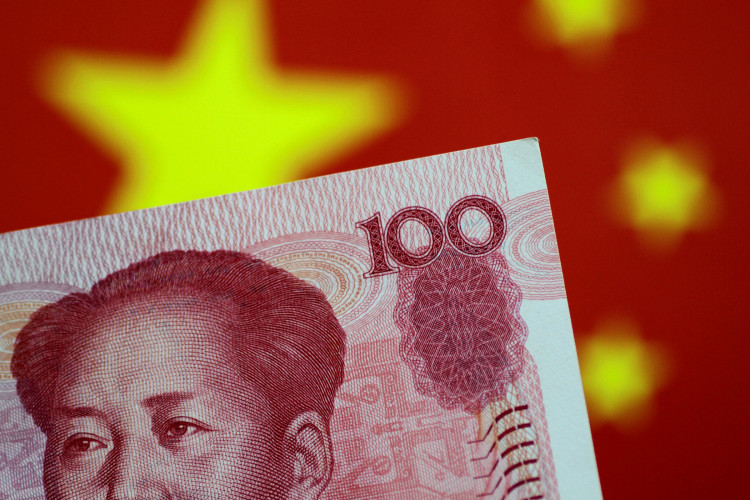China's recent economic data underscores a challenging recovery for the world's second-largest economy, revealing persistent weaknesses in industrial output and the property sector despite some policy support. The National Bureau of Statistics (NBS) reported that May's industrial output grew by 5.6% year-over-year, a slowdown from April's 6.7% increase and below the 6.0% anticipated by analysts. This downturn has added pressure on Beijing to implement more robust measures to bolster growth.
However, retail sales offered a glimmer of hope, rising 3.7% in May compared to the same period last year, up from April's 2.3% increase and surpassing the expected 3.0% growth. This uptick, fueled by a five-day public holiday, marked the fastest growth since February. Yet, this positive development was overshadowed by broader economic challenges.
Goldman Sachs analysts highlighted significant disparities across various sectors. "May activity data and our high-frequency trackers for the first half of June suggest significant cross-sector divergences remain in the economy - strong exports and manufacturing activity, relatively stable consumption, and still-depressed property activity," they noted in a recent report.
Fixed asset investment, another critical indicator, rose 4.0% in the first five months of 2024 compared to the previous year, slightly below the 4.2% forecast. This figure reflects a decrease from the 4.2% growth seen from January to April. Notably, manufacturing investment grew robustly by 9.6%, driven by China's focus on technological advancement and innovation.
Despite these pockets of resilience, private sector investment remains anemic, growing just 0.1% in the January-May period, down from 0.3% in the first four months, indicating a lack of confidence among private businesses. In stark contrast, state sector investment surged by 7.1%.
Exports have been a significant driver of industrial growth, with steel and aluminum output seeing substantial increases in May. "Exports drove industrial growth and manufacturing investment significantly, but real estate weakness still hit household consumption and investment," said ZhaoPeng Xing, senior China strategist at ANZ.
The property market continues to be a significant drag on the economy. Property investment fell by 10.1% year-over-year from January to May, deepening from a 9.8% decline in the January-April period. New home prices in May slipped by 0.7% from April, marking the eleventh consecutive month of decline and the steepest drop since October 2014. The central bank's recent relending program for affordable housing aims to accelerate sales of unsold housing stock, but the impact remains to be seen.
NBS spokesperson Liu Aihua acknowledged the ongoing adjustment in the property market and emphasized that policy measures would take time to show effects. The property sector, once accounting for around a quarter of China's economic output, has been severely impacted by regulatory crackdowns, demographic shifts, and broader economic pressures.
The broader economic challenges are reflected in the financial sector. Low confidence has kept consumer prices subdued, and new bank lending rebounded less than expected in May. Some key money supply measures hit record lows, signaling continued financial strain.
The job market has remained relatively stable, with the nationwide survey-based jobless rate holding steady at 5.0% in May, unchanged from April. Beijing has committed to creating more jobs linked to major projects, promoting domestic demand, and pledging greater fiscal stimulus to support growth.
Analysts are calling for increased fiscal and monetary policy support to navigate these economic headwinds. "We still need to see new stimulus coming in," said Helen Qiao, chief Greater China economist at Bank of America Global Research, in a Bloomberg TV interview. "Otherwise, the growth momentum could very much weaken."
The People's Bank of China (PBOC) has left a key policy rate unchanged for ten consecutive months, constrained by the need to support the yuan amid downward pressure from the US Federal Reserve's high-for-longer interest rate stance. Some economists, like Citi's Yu Xiangrong, anticipate a 20-basis-point policy rate reduction in the second half of the year, although no cut is expected in June.






